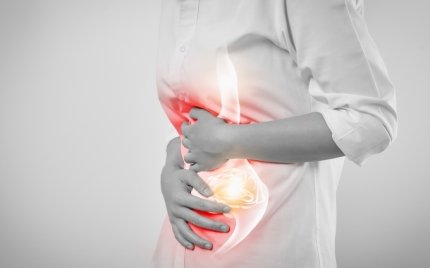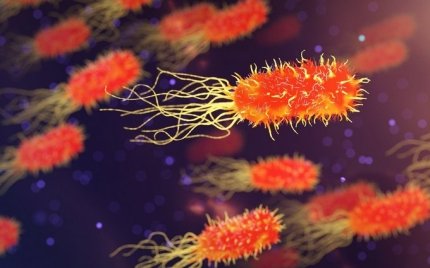The human intestine is "home" to more than 50 trillion bacteria. Some of the bacteria are beneficial, while others can harm the body. The Online Guide figured out which bacteria live in our intestines, why we need them, which are helpful and harmful, and how to detect disturbances in the intestinal microflora and treat dysbacteriosis.
What bacteria in the gut are helpful?

Photo: freepik.com
Among the most valuable bacteria living in the human intestine, bacteria of the genera Bifidobacterium (bifidobacteria) and Lactobacillus (lactobacteria) can be singled out. They suppress the reproduction of pathogenic microorganisms, strengthen the walls of the intestines and relieve inflammatory processes. Even if these bacteria enter the gastrointestinal tract artificially, for example, with yoghurt, they bring significant benefits.
Bacteria of the Genus Firmicutes, particularly Faecalibacterium prausnitzii, are also beneficial. Their main task is the production of butyric acid. Butyrate prevents the development of malignant tumours by slowing down oxidative processes. It also has an anti-inflammatory effect, improves appetite, and normalizes digestion. When the number of these bacteria in the intestine decreases, diabetes, obesity, and Crohn's disease may appear.
Escherichia coli is integral to the human intestinal microflora. It is also beneficial because it helps to break down non-digestible monosaccharides, promotes food digestion, synthesizes group K vitamins, and prevents the development of pathogenic and disease-causing microorganisms in the intestines.
Akkermansia muciniphila bacteria stimulate mucin production by intestinal cells. This protein is found in the mucous layer of the intestine and is a barrier to various infections. If the number of these bacteria in the intestine decreases, diseases such as ulcerative colitis, Crohn's disease, and type 2 diabetes can appear.
What bacteria in the intestine are harmful?

Photo: freepik.com
One of the most dangerous intestinal bacteria is Salmonella typhi (salmonella), the causative agent of acute infectious disease, typhoid fever. When infected with typhoid, strong intoxication of the body begins, a fever occurs, and a rash appears all over the body. In severe cases, the lymphatic system can be affected, which leads to the death of a person.
Staphylococcus is also a pathogenic bacteria. It causes diseases such as staphylococcal enterocolitis — one of the most common gastrointestinal tract diseases, especially in children. With staphylococcal enterocolitis, the intestines become inflamed, and diarrhoea, nausea, vomiting, and fever occur.
It is worth noting that even neutral or beneficial bacteria under certain conditions (reduced immunity, various diseases, etc.) can harm the body. So, for example, Escherichia coli, a usual "inhabitant" of the intestine, can cause poisoning and diarrhoea.
How do we understand that the intestinal microflora is disturbed?

Photo: envato.com
Dysbacteriosis occurs when intestinal microflora is disturbed. Pathogenic bacteria dominate the dysbacteriosis instead of beneficial lactobacilli and bifidobacteria in the intestine.
The most common manifestations of dysbiosis are:
constipation;
diarrhoea;
eructation;
heartburn;
unpleasant smell from the oral cavity;
the appearance of an unpleasant taste in the mouth;
flatulence.
Dysbacteriosis can also accompany nausea, vomiting, and decreased blood pressure.
How do you find out which bacteria are lacking in the intestine?

Photo: pixabay.com
If you have symptoms of dysbacteriosis, you should consult a gastroenterologist. Research conducted in laboratory conditions is necessary to detect disturbances in the composition of the microflora, which are caused by a lack of beneficial bacteria and an increase in the number of pathogenic or opportunistic bacteria.
Research includes:
excrement analysis for the presence of dysbacteriosis;
tests for bacterial overgrowth syndrome;
PCR diagnostics — allows you to detect the presence of specific microorganisms with great accuracy;
analysis of small intestine microbiota by chromatography-mass spectrometry.
The most accurate result regarding the composition of the intestinal microflora is provided by 16S-ribosomal RNA gene sequencing and whole-genome sequencing. However, such research is carried out in exceptional cases.
How to normalize intestinal microflora?

Photo: envato.com
First, you need to follow a diet to normalize the intestinal microflora. It is necessary to exclude sweets and other harmful products from the diet. YoIt would be best if you never drink alcohol.
Preference should be given to vegetables, fruits, products made from whole grain flour, and cereals. In addition, the diet should include fermented (fermented) products and fibre, which helps digestion.

